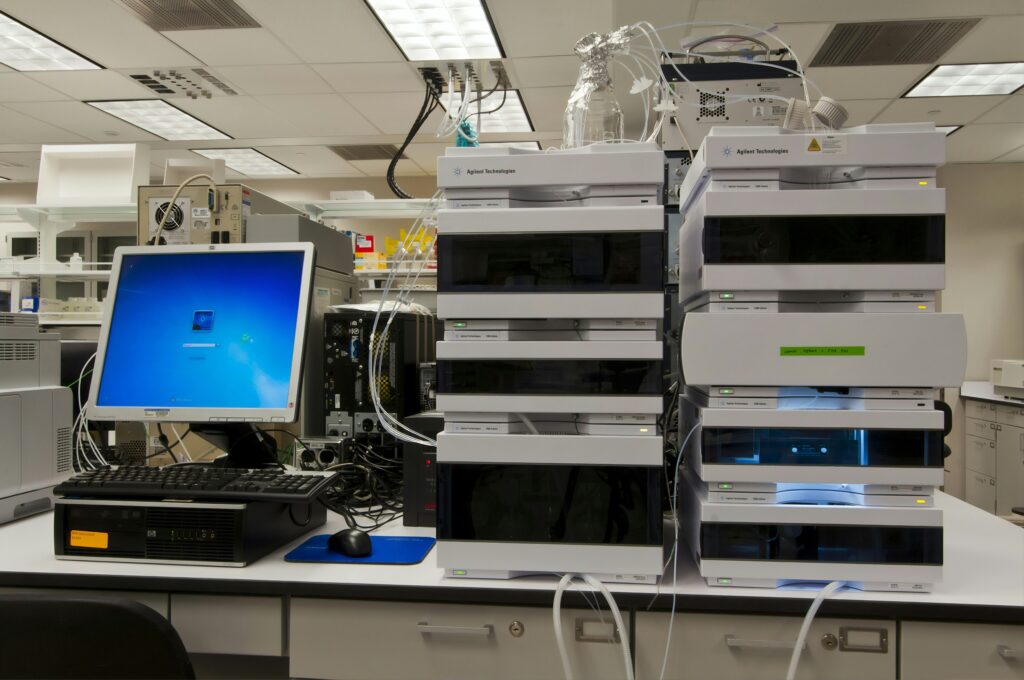
Immediate skin-to-skin contact between newborns and their mothers is now recognized as a crucial step in postnatal care, offering significant health benefits. A newly-updated Cochrane review reaffirms its importance, highlighting improvements in several key health metrics when this practice is adopted right after birth.
The review, which analyzed data from 69 trials involving over 7,000 mother-infant pairs, found that babies who experience skin-to-skin contact within the first hour of birth are more likely to benefit from exclusive breastfeeding, optimal body temperatures, and stable blood sugar levels. While potential benefits for mothers, such as reduced blood loss and timely placental delivery, were also considered, the evidence remains inconclusive.
Understanding Skin-to-Skin Contact
Skin-to-skin contact involves placing the naked newborn on the mother’s bare chest immediately after birth. This practice is essential for helping babies transition from the womb to the outside world, providing warmth, reducing stress, and supporting vital functions like breathing and heart rate.
The evidence supporting immediate skin-to-skin contact is so compelling that the authors of the review now discourage further randomized trials where this practice is not included in the control group.
Clear Benefits for Babies
This updated review builds on a 2016 analysis that informed 20 international guidelines, including a World Health Organization (WHO) recommendation. The latest findings include 26 new studies, primarily from high-income countries, reinforcing the benefits of early skin-to-skin contact.
“About 75% of babies receiving early skin-to-skin contact were breastfeeding exclusively at one month, compared to 55% of babies who did not receive such contact.”
Despite these findings, many health systems continue to separate mothers and infants immediately after birth for routine procedures, which can hinder the initiation of skin-to-skin contact.
Challenges and Ethical Considerations
Historically, newborns have been separated from their mothers for procedures like physical examinations, weighing, and bathing. This practice, however, prevents immediate skin-to-skin contact. Elizabeth Moore, the lead author of the study and a retired professor from Vanderbilt University’s School of Nursing, emphasizes the need for change.
“Even in countries with high-quality care, this free and easy-to-implement intervention is not common practice,” Moore stated.
The review underscores the ethical implications of conducting further randomized controlled trials that compare skin-to-skin contact with ‘usual care.’ With overwhelming evidence supporting its benefits, such trials are no longer considered ethical.
Global Implications and Future Research
The findings suggest that immediate skin-to-skin contact should become the global standard of care. Karin Cadwell, senior author and Executive Director of the Healthy Children Project’s Center for Breastfeeding, points out the ethical concerns of withholding this practice.
“Withholding skin-to-skin contact would now be considered unethical, as there is enough evidence to show that the practice improves newborn health and survival,” Cadwell explained.
While the studies reviewed were conducted in high- and middle-income countries, none included low-income countries. The authors suggest that future research should focus on improving study quality and implementation strategies, rather than testing the intervention itself.
Looking Ahead
The push for immediate skin-to-skin contact after birth represents a significant shift in neonatal care practices. As health systems worldwide reconsider their protocols, the emphasis will likely move towards ensuring this practice is universally adopted. The potential for improved health outcomes for both mothers and infants makes it a vital component of postnatal care.
With the WHO already endorsing skin-to-skin contact as standard care, the challenge now lies in overcoming logistical and cultural barriers to its widespread implementation. As research continues to evolve, the focus will remain on optimizing care practices that support the health and well-being of newborns and their mothers.





